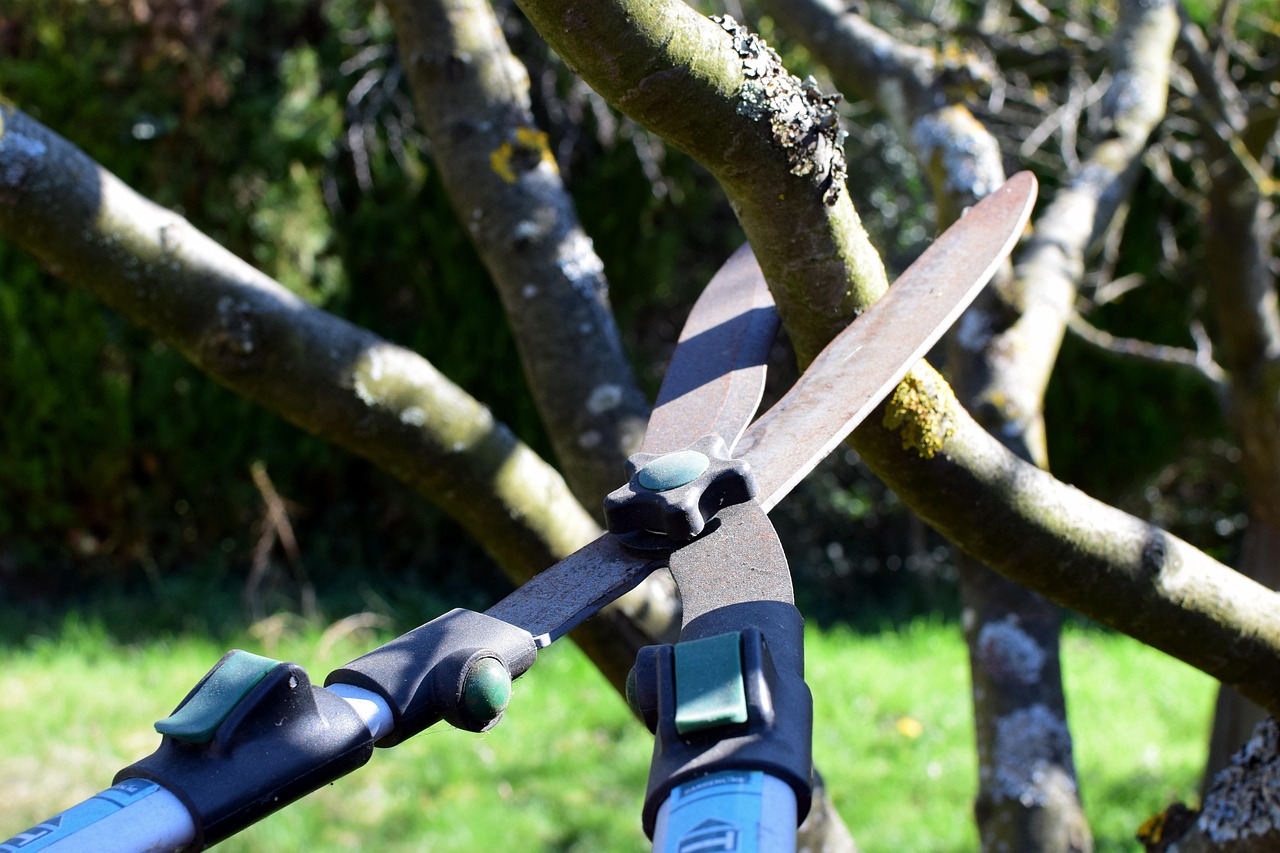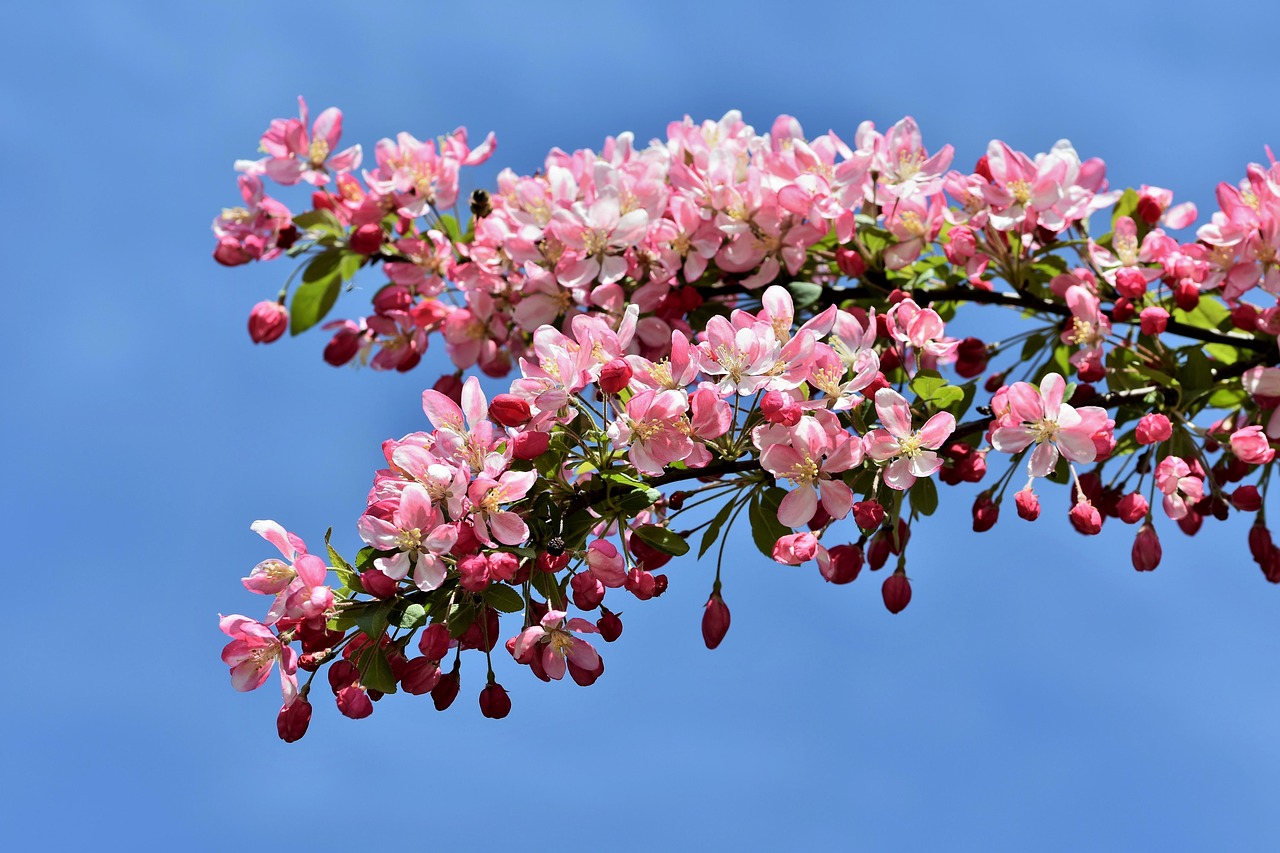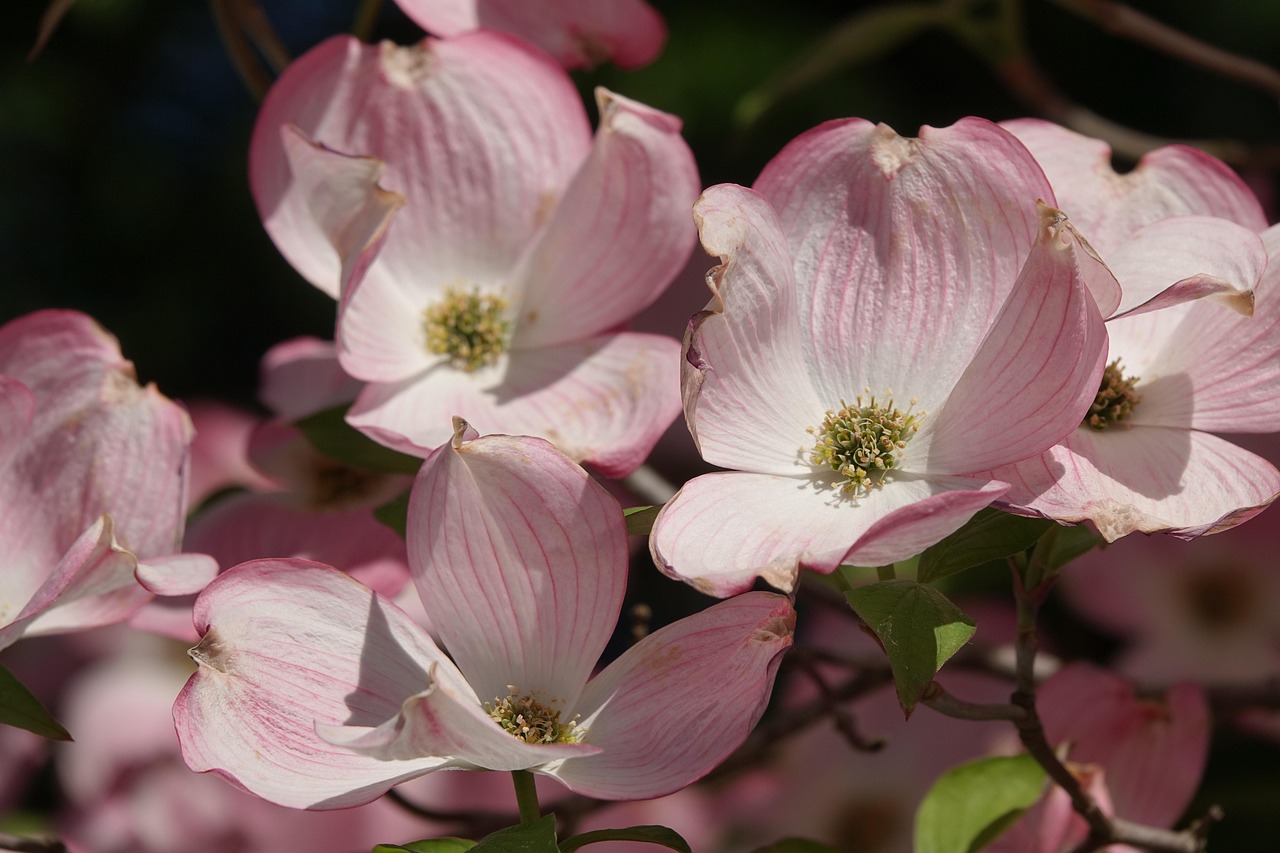Pruning crabapple trees is essential for maintaining their beauty, health, and productivity. Proper timing, techniques, and tools ensure vibrant blooms, healthy growth, and appealing shape. Follow expert advice on seasonal pruning, pest prevention, and soil management to create a captivating landscape feature that thrives year-round.
Crabapples hold a special place in my garden because of their stunning spring blossoms and unique ornamental features. I’ve grown varieties with white, pink, and red flowers, each offering its own charm. These trees are surprisingly adaptable, thriving in various soils and conditions—though I’ve learned that a bit of pruning goes a long way in keeping them their best, season after season.

Pruning isn’t just about snipping branches—it’s about understanding your tree’s anatomy. I always start by removing crossed, crowded, or damaged branches, which improves airflow and sunlight penetration. I’ve found that using sharp tools ensures clean cuts that heal fast and reduce disease risk. I prefer making cuts just above a bud or branch junction, guiding the growth in the way I want it to go.
Understanding Crabapple Growth
Before I pick up my shears, I always take a moment to study how my crabapples grow. They tend to develop rounded canopies with dense, layered branches. If left unmanaged, they can become congested or develop structural issues. Here are a few things I keep in mind:
- They usually grow between 15 to 25 feet tall, depending on the variety.
- Spring blooms are a highlight, with colors that vary from white to pink and red.
- Seeded fruits that linger into winter add to their ornamental appeal.
- With proper care, these trees can live 30-50 years, bringing lasting beauty.
I always aim to prune just before the swelling of buds in early spring—this timing helps me shape the tree and remove deadwood without sacrificing the upcoming blooms. For structural pruning, late winter when the tree is dormant works best; I’ve found it’s easier to see the branches without leaves bouncing in the wind.

Pro-Tips
When I first started pruning my crabapple trees, I quickly learned that using sharp, clean tools makes a huge difference. Dull blades tend to tear branches, which slows healing and invites disease. Investing in quality pruning shears, loppers, and a saw saved me time and kept my trees healthier.
I used to prune at the wrong times, thinking any season would do. Now I always schedule my structural pruning during late winter when the tree is dormant, and do light shaping after flowering. This timing helps me avoid damaging next season’s blooms and reduces stress on the tree.
Initially, I over-pruned in an attempt to tidy up my trees. I learned that removing too much at once can stress the crabapple and diminish its flowering and fruiting. Now, I prune gradually, focusing on removing crossed or damaged branches first, and giving the tree time to recover between sessions.
When I first tried shaping my trees, I didn’t pay attention to their natural growth habit. Over time, I realized that understanding each variety’s growth pattern helps me preserve their natural grace while maintaining airflow and health.
I also used to forget about seasonal care beyond pruning. Now, I make it a point to mulch around the roots in fall, monitor for pests regularly, and apply fertilizer early spring to support healthy growth and abundant blossoms.
Finally, I used to be hesitant about pruning fruit-bearing branches for fear of losing fruit. However, I found that strategic thinning and trimming actually improve fruit quality and visibility, and keep the tree manageable. With experience, I learned to balance pruning for beauty and health without sacrificing the tree’s ornamental and fruiting potential.
Timing Is Everything for Pruning
I’ve always been cautious about when I prune. I’ve learned that late winter to early spring is ideal to do structural work, while post-bloom light pruning helps maintain shape and health. Summer pruning is best avoided unless absolutely necessary—I’ve seen how it can stress the tree when done at the wrong time.
- Late Winter to Early Spring: Perfect for shaping before buds swell.
- Post-Bloom: Light pruning to remove spent flowers, dead, or damaged branches. This encourages fresh, healthy growth.
- Summer: I always hold back unless I want to remove suckers or water sprouts; pruning then can invite disease if not careful.
My Go-To Pruning Techniques
I’ve found that a combination of thinning, heading back, and removing deadwood keeps my crabapples looking their best. I always thin out overly congested branches to improve airflow and sunlight—vital for healthy fruit and blossom production. Heading back longer branches promotes bushier growth, but I tend to do it cautiously to avoid stressing the tree.
Always make my cuts at an angle, just above a bud or branch junction. Sharp tools are a must—blunt blades cause tearing and slow healing. I keep a small pair of pruning shears for thin branches, a lopper for thicker limbs, and a saw for the biggest cuts. Honestly, choosing the right tool makes the job much easier and safer.

Tools That Make Pruning a Breeze
Having the right tools is half the battle. I always keep these on hand:
| Tool | Description |
|---|---|
| Pruning Shears | Great for small, delicate branches—up to ¾ inch thick. |
| Loppers | For thicker limbs, up to 1½ inches. Makes clean cuts without fuss. |
| Saw | Needed for large branches. I use a hand saw, but a pole saw can help reach high areas. |
| Gloves | Protect my hands from thorns and rough branches—I never skip this step. |
Pruning Different Crabapple Varieties
Since every variety has its quirks, I pay close attention to the specific needs of mine. For example:
- Malus floribunda: Its clusters of flowers look best with light to moderate spring pruning to keep the natural shape.
- Malus ‘Prairifire’: Its dense canopy needs regular thinning to let air and light through.
- Malus ‘Sugar Tyme’: The fruit is a show-stopper, so I keep the longer branches trimmed back to promote a bushier look.
I always identify the variety first—it makes a huge difference in how I approach pruning.
Seasonal Care, Not Just Pruning
I’ve realized that maintaining a crabapple tree is a year-round job. Here’s my routine:
Spring
- I start by removing dead or damaged branches after the flowers have faded to give the tree room to breathe.
- Applying a balanced fertilizer helps support the blooming frenzy.
- Monitoring for pests is crucial—spring pests can be sneaky.
Summer
- Consistent watering deep into the ground keeps the tree vibrant, especially during dry spells.
- I keep an eye out for aphids and mites—treat early to keep them in check.
- Trimming out suckers and water sprouts maintains shape without stressing the tree.
Fall
- I spread mulch around the roots to insulate them for winter.
- Final pruning of any lingering dead branches helps prepare the tree for cold months.
- Checking for pests before winter is always part of my fall routine.
Winter
- This dormant season is perfect for structural pruning—removing crossing or weak branches.
- I always cut cleanly at an angle to promote quick healing.
- If heavy snow or ice is forecasted, I ensure branches are supported so they don’t break.
Watch Out for Pests and Diseases
Over the years, I’ve faced my share of pests. Aphids can be pesky, but insecticidal soap works wonders. Mites become problematic in dry weather, so I’ve learned to mist the foliage regularly to keep their numbers down.
Diseases like cedar-apple rust or fire blight can ruin a season if you’re not careful. I always remove infected foliage promptly and use fungicide or bacterial treatments as needed. Proper pruning and good air circulation are my best defenses against most diseases.
Enhancing Beauty Through Thoughtful Pruning
I always think of pruning as my creative tool. By shaping the canopy, I create a balanced silhouette that complements my landscape. I love creating layered canopies or leaving some fruit display visible for visual interest across seasons.
Advanced Pruning Ideas
If you’re up for a project, I’ve experimented with espalier—training my young crabapples to grow flat against a wall or trellis. It’s rewarding and saves space, especially in smaller gardens. I also try pollarding when I need to control height, cutting branches back to encourage lush, dense foliage at manageable levels.
Maximizing Seasonal Impact
To really showcase my trees’ beauty, I tailor my pruning to the season:
- In spring, I prune just enough to encourage blooms without cutting off buds.
- During summer, I thin out the leaves to maintain a lush yet airy look.
- In fall, I prune late summer to boost autumn colors and prepare for winter resilience.
- In winter, I do my main structural pruning, removing weak or crossing branches.
Tips to Avoid Common Pitfalls
I’ve made mistakes, such as pruning too late or removing too much at once. Over-pruning stresses the tree and can harm its flowering and fruiting. I always cut just above a bud at an angle, and I avoid pruning during late spring when buds are swelling, to prevent loss of flowers.
Soil and Nutrition
Healthy soil makes a difference. I always test my soil’s pH—crabapples prefer neutral to slightly acidic (around 6.0-7.0). Adding compost or organic matter improves drainage and nutrients. I steer clear of soil compaction by avoiding foot traffic near the roots, giving my trees room to grow strong roots.
Extra Tips for Vigor and Charm
Watering
- I prefer deep watering to encourage deep roots, especially during dry spells.
- Monitoring soil moisture helps prevent over- or under-watering.
- Mulching keeps moisture consistent and weeds at bay.
Fertilizer
- I fertilize early spring to support new growth and blooms.
- Using a balanced N-P-K fertilizer keeps the tree growing healthily.
Supporting Wildlife
- I leave some branches intact during pruning for nesting habitats.
- Allowing some fruit to remain provides food for birds and insects.
- I minimize pesticide use to protect beneficial creatures in my garden.
Final Reflections
My experience has shown me that dedicated care—through thoughtful pruning, soil management, and seasonal attention—transforms a simple crabapple into a living piece of art. Patience pays off; games of trial and error have taught me when to cut, when to wait, and how to let the tree and I evolve together.
Ultimately, watching my crabapples blossom and fruit year after year reminds me that good gardening is a labor of love. With some effort and a little patience, I’ve created a landscape focal point that continues to amaze, season after season. Trust me, your trees will reward you with their beauty—and maybe even a few surprises along the way.
